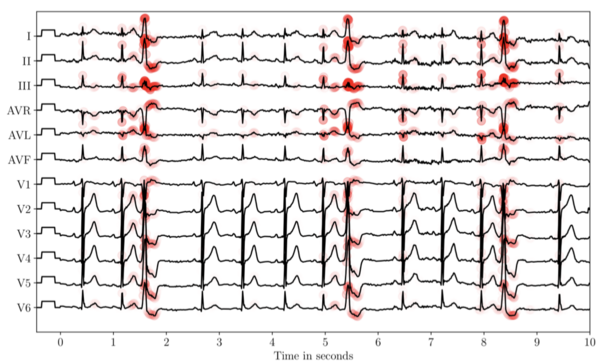Dual-Band Node Architectures for C+L-Band Capacity Upgrades in Optical Metro Transport Networks
To address the capacity crunch in optical metropolitan networks caused by the roll out of innovations in the context of 5G and beyond innovative approaches are required to increase the achievable throughput. Multi band systems are an interesting...
Security Gap Investigation of Multilevel Coding in Coherent Fiber-Optical Systems
Using a coherent laboratory setup with up to 768 Gb/s data rate (64-GBd DP-64QAM), we experimentally show that multilevel coding (MLC) provides superior physical layer security (i.e. smaller security gaps) as compared to conventional...
The socio-economic determinants of the coronavirus disease (COVID-19) pandemic
Besides the biological and epidemiological factors, a multitude of social and economic criteria also govern the extent of the coronavirus disease spread within a population. Consequently, there is an active debate regarding the critical...
40 GHz High-Power Photodetector Module
We demonstrate a fully packaged photodetector module based on surface-illuminated modified uni-traveling-carrier (MUTC) photodiode (PD) and investigate its DC and RF characteristics. It has a very a low dark current below 2 nA at the operational...
Hybrid data and model driven algorithms for angular power spectrum estimation
We propose two algorithms that use both models and datasets to estimate angular power spectra from channel covariance matrices in massive MIMO systems. The first algorithm is an iterative fixed-point method that solves a hierarchical problem. It...
Risk Estimation of SARS-CoV-2 Transmission from Bluetooth Low Energy Measurements
Digital contact tracing approaches based on Bluetooth low energy (BLE) have the potential to efficiently contain and delay outbreaks of infectious diseases such as the ongoing SARS-CoV- 2 pandemic. In this work we propose an approach to reliably...
637 μW emitted terahertz power from photoconductive antennas
We present photoconductive terahertz (THz) emitters based on rhodium (Rh) doped InGaAs for time-domain spectroscopy (TDS). The emitters feature a record high THz power of 637 µW. In combination with InGaAs:Rh receivers, a 6.5 THz bandwidth and a...
Deep Learning for ECG Analysis: Benchmarks and Insights from PTB-XL
This paper puts forward first benchmarking results for the PTB-XL dataset, covering a variety of tasks from different ECG statement prediction tasks over age and gender prediction to signal quality assessment. We find that convolutional neural...
Robust and Communication-Efficient Federated Learning from Non-IID Data
Federated Learning comes at the cost of a significant communication overhead during training. In this work, we propose Sparse Ternary Compression (STC), a new compression framework that is specifically designed to meet the requirements of the...
Effect of Optical Feedback on the Wavelength Tuning in DBR Lasers
Optical feedback has an impact on the tunability of lasers. We created a model of a tunable distributed Bragg reflector (DBR) laser describing the effect of optical feedback from a constant reflector distance on the wavelength tuning. Theoretical...









